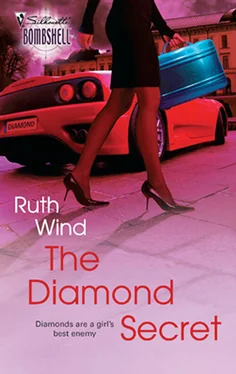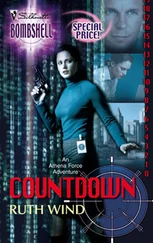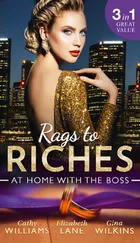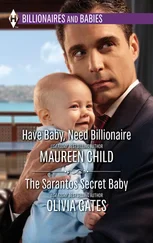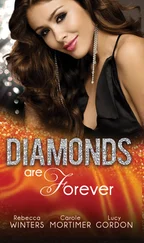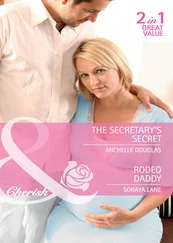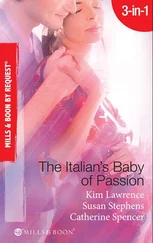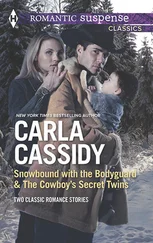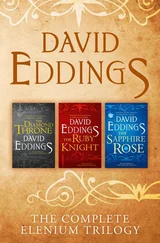There was also a white box. Jewelry, I thought—after all, jewels are my stock in trade—I opened it to see what taste he had on this level. Judging by the rest of it, it would be something understated. Probably gold, expensive.
It was expensive, all right.
For the second time in five minutes, my brain couldn’t get itself around what my eyes were seeing. It wasn’t a watch or a ring or even a tacky bracelet.
Pillowed in cotton batting was a jewel. A diamond.
A huge diamond.
My hands shook as I pulled it out. Not only was it huge, it was very rare and storied, this jewel. A jewel that was presumed to be lost. It was very old. Priceless.
It was even cursed.
Katerina’s Blood.
Since I was one of only a handful of people who would recognize the astonishment of it at first sight, I was also convinced of one other thing.
The switch of bags was not an accident.
Many stones are valued for their rarity; for example, the colored stones, rubies, sapphires and emeralds are rated on their scarcity. In spite of public perception, diamonds are not among the rare stones on the earth. They’re plentiful the world over, and if it were not for a cartel controlling the distribution of these sparkling stones, the cost of diamonds would be much lower.
—Sylvie Montague, Ancient Jewels and the Modern World
Jewel geeks are an odd little club. We come to it in many ways, from many walks in life. My entry came through a trip to the British Museum when I was eleven, when a family friend took me to see the crown jewels. There I saw a collection of Indian Raj’s jewels and was stung right through the chest. In that instant, I fell madly in love with the entire mythology and wonder of gems. I have been handling them, assessing them, admiring them in my work professionally for eight years, and have seen some spectacular beauties. My particular specialty—passion—is for ancient and antique jewels.
The Katerina made my heart race. I carried it to the window, as carefully as if it were a baby bird, and held it up to the light.
Good grief.
The diamond was legendary, its history vague—very, very famous, but also elusive, changing hands with dizzying speed. I couldn’t remember the exact weight off the top of my head, but I knew it was something over 80 karats. As a point of reference, the Hope Diamond is 43.
Katerina’s Blood was cut in medieval times, so it wasn’t the glittery, winking faceted one of more modern diamonds. It was what they call table cut, flat across the top, with two narrow facets along each side. Laid in a brooch, it was set in white gold, with a line of pigeon’s blood rubies encircling it. The color was nearly crystal, clear without yellow or brown to mar it. In the diamond business, it would be a grade D, nearly as clear as glass.
But it was neither the size nor the extraordinary color that made this diamond so very, very famous and prized. It was a flaw.
Most diamonds have what are called inclusions—bits of other stones or dust or other flaws that mar the clarity of the jewel. Usually such flaws render diamonds much less valuable, but the “flaw” in Katerina’s Blood was a ruby. It floated like a drop of blood in the center of the stone.
As long as I could remember, I’d heard of this possibility—and had often heard of the gem—but the reality was beyond even my wildest imaginings.
It was unbelievably beautiful. I could barely breathe with the wonder of it. One of the rarest, most storied jewels in the world. In my hand. All the history, all the people who’d held it, all the tragedies attached to it—
The phone rang. My reverence shattered so violently that I dropped the Katerina. It banged against my toe and bounced across the rug. The phone rang again. I grabbed the diamond and headed across the room with shaking hands, thinking it must be the person who had my—
Oh, God.
A foot from the table, I stopped. Clutched the jewel to my chest.
It had been Paul on that answering machine in Paris. Some coincidences in life I could buy—say, watching a movie then seeing an actor from it at a local restaurant, or maybe Halley’s Comet streaking by on my birthday.
I could not swallow the notion that somehow, by accident, I held in my hands the jewel Paul Maigny had most wished—all of his life—to see and touch. His father, a jewel thief of some talent, had died trying to attain it. Paul, who had, in turn, fostered my own passion for jewels, had spoken of the Katerina to me many, many times.
I clutched the jewel, narrowed my eyes at the phone, as if it were responsible for this mess.
What was going on here? Paul was a collector and aficionado, not a thief like his father. The Katerina would be a gem he would pursue with great passion if he knew it had surfaced.
But he would not deliberately involve me. Which meant that someone else had learned of my connection to Paul, and planned to use me to get to him, or use me as protection against him.
The phone shrilled again. I had no doubt it was Paul on the other end. My mentor, my father’s best friend, at one time my guardian, and a man I had once believed I loved more than anyone on earth.
I let the phone ring.
I told myself it was because I was going to be damned sure I knew what the hell was going on. I wanted to know who stole it, where it had been, why I had been chosen to carry it here to Ayr.
The ring shrilled. I thought of the last time I’d seen Paul, before my wedding in San Francisco. I thought of picking up the receiver, listening to whatever he’d say.
Instead, I just stood there.
The phone stopped ringing. With slightly shaky hands, I gathered my clothes from the floor. There were spare undies in my purse, and I shimmied into them, then the skirt I’d worn on the plane. The blouse was crumpled and sweaty. Ditto the bra. I thought about going without, but that would be my hiding place, so I had to put it on. The jewel, long and flat, slipped into the space below my left breast. In the mirror, I looked to see if it was obvious, but the blouse draped down loosely, and unless a person touched it, no one would ever notice.
From the suitcase, I took out the silk and linen shirt—payment for my troubles—and it was as luscious against my skin as I’d imagined. It was clean, but I could smell a hint of the man in it. Paul? I didn’t think this was his smell.
By then, I started to feel jumpy. Nervous. Had the jewel been part of the cache taken from the drug honcho? Or had it come from some other source? How could I find out?
A rumble rolled loudly through my belly, and a jetlag headache was pounding against my sinus. Adrenaline had perked me up, but in order to think clearly, I would really need some sleep. First, food.
I’d work out a more detailed plan later, but for now, I’d go ahead and meet the guy from the plane—it occurred to me that I didn’t even know his name yet—and eat, then come back and get some sleep. In the morning, I’d ring the Glasgow police and do some fishing. In the meantime, I’d keep it to myself. The fewer people in the loop, the better.
Maybe I’d ring my father, too, if I could figure out where he was staying and under what name. I’d check the race schedule first, to be sure he wasn’t in the middle of the Grand Prix. No point in worrying him if he was driving. He’d done very well last year, and there was talk that he was making a comeback, that he might be the one to unseat Michael Schumacher at last.
If the race hadn’t started, I could innocently probe him about Paul.
My hair was just damp, and rather than taking time to dry it, I wove it into a braid that hung against my spine. I examined myself in the mirror. The diamond did not show.
The phone rang again. I grabbed my purse and coat and rushed out without answering. A creepy sense of urgency crawled down my neck, the same warning that shows up when I’m driving sometimes—a sharp directive I’ve learned to obey. This one said, Get out, get out! I did. I was on the high street in three minutes.
Читать дальше
